In our house, soup is rarely served without some kind of topping. It’s almost like a yin and yang thing, we start talking about soup and the conversation automatically moves on to topping suggestions. I guess it’s a pretty natural thing since we eat a lot of soup and prefer it to be a more complete meal, instead of just a starter. The toppings does not only add a different texture and flavor to the soup, but also some more stomach filling proteins. To be honest, I think we spend more time working on the toppings then on the actual soup on most occasions. It’s the same principle as we have with oatmeal toppings. They are just essential.
Here are a few of our favorite soup + topping combinations from earlier blog posts: Sweet potato and red lentil soup with aubergine and kale topping, Carrot and tomato soup with corn ceviche topping, Spinach and kale soup with tahini dressed chickpea topping.
We found a huge bunch over-priced asparagus in the market the other day and for some reason decided that it was a good idea to spend our last money this month on asparagus instead of a new set of clothes for Isac. So we walked home and made soup. We went for a smooth and quite mildly flavored soup and allowed the toppings to have more punch in flavor and texture. We only chose green-ish ingredients for the topping. Yup, there we go again, choosing ingredients by color. But it actually turned out fantastic. It’s got a lot of crunch from the pumpkin seeds, flavor from parsley and the asparagus tips, richness from the lentils and sting from the chili. I ate the leftovers without the soup straight from the fridge. I’ve spent most of this post talking about the topping, but the soup is pretty good too. Quick, simple, delicious and with a clear taste of spring. If you don’t have any fennel at home, you could add a few potatoes instead, or other spring vegetables of choice.
We also made a quick cashew cream to go with the soup. We often just add a few dollops yogurt into our soup but cashew cream is a nice and rich vegan alternative. If you just remember to pre-soak the cashew nuts, the cream is done in no-time. As a side note, I just tried adding some cashew cream on top of my latest smoothie and it wasn’t bad at all.
So, go make your vegetable market guy happy and buy a bunch of asparagus. Make soup, whip up a cashew cream. And for goodness sake, don’t forget about the topping!
Asparagus, Fennel & Spinach Soup (Vegan)
Makes 4 smaller servings or 2 very large
We keep a jar of toasted pumpkin seeds in our kitchen and almost always have some cooked lentils ready in our fridge. It’s a good tip as it makes it a lot easier to create small quick meals like this.
1 pound / 450 g green asparagus
2 tbsp coconut oil or butter
6 thin spring onions or 1 yellow onion
2 cloves garlic
1 small fennel bulb (or 1/2 large)
1 large handful spinach
2 cups water or vegetable stock
1 tbsp apple cider vinegar or lemon
salt & black pepper
Lentil & Pepita Topping
The reserved raw tips from the asparagus
1 cup cooked puy lentils (1/2 cup uncooked, boiled in water for 18 minutes)
1/2 cup dry-toasted and salted pumpkin seeds / pepitas
1 large bunch flat leaf parsley
1/2 green chili, finely chopped (optional)
1 tbsp olive oil
Cashew Cream
1/2 cup cashew nuts
1/2 cup filtered water
2 tsp lemon juice
1/2 tsp sea salt
Trim the tough end off the asparagus. Cut in diagonal pieces, 1/2 inch / 1 cm thick. Save the asparagus tips for the topping. Heat oil in a large saucepan. Finely chop onion, garlic and fennel and add to the the pan and sauté for about 5 minutes or until soft. Add the asparagus, stir around and let fry on low/medium heat for a minute, then add spinach, water/stock, apple cider vinegar and season with salt and pepper. Bring to a boil and let simmer for 10-15 minutes. Meanwhile prepare the topping. Carefully pour the soup into a blender or use a hand blender to mix until smooth. Taste the soup, add more water or salt and pepper if needed.
Preparing the topping: Finely chop the asparagus tips and the parsley and place in a bowl together with the boiled lentils and the toasted pumpkin seeds. Add chili if your prefer it a little spicy. Pour over some olive oil and stir around until it’s all mixed well.
Preparing the cashew cream: Cover the cashew nuts in water and let soak for at least 3 hours or overnight. Drain, rinse and place them in a blender. Add the filtered water, lemon juice and salt and mix until completely smooth. Taste and add more salt or lemon if needed. Or water if you prefer it runnier.
Serve the soup with a generous portion of lentil topping on top and a few drizzles of cashew cream or yogurt. Enjoy!
PS. If you want some more inspiration on what to do with asparagus, check out this Spring Buckwheat Salad from last year and this Grilled Asparagus with Quinoa from two years ago.
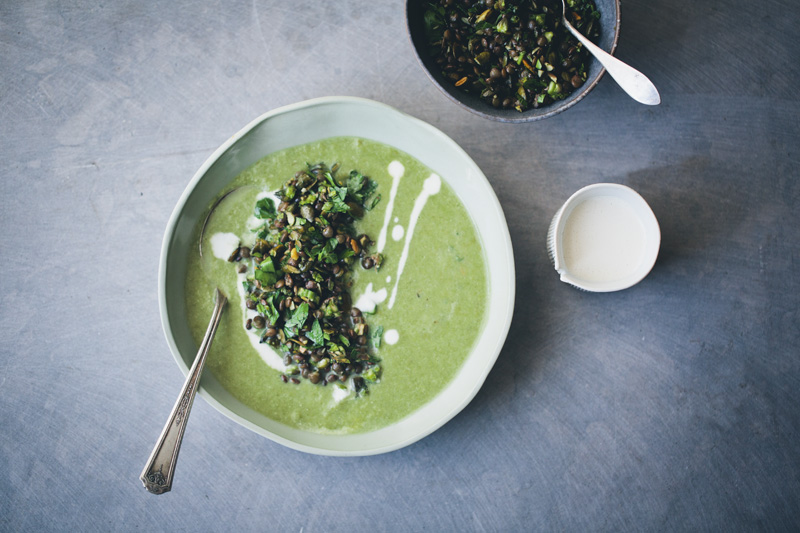
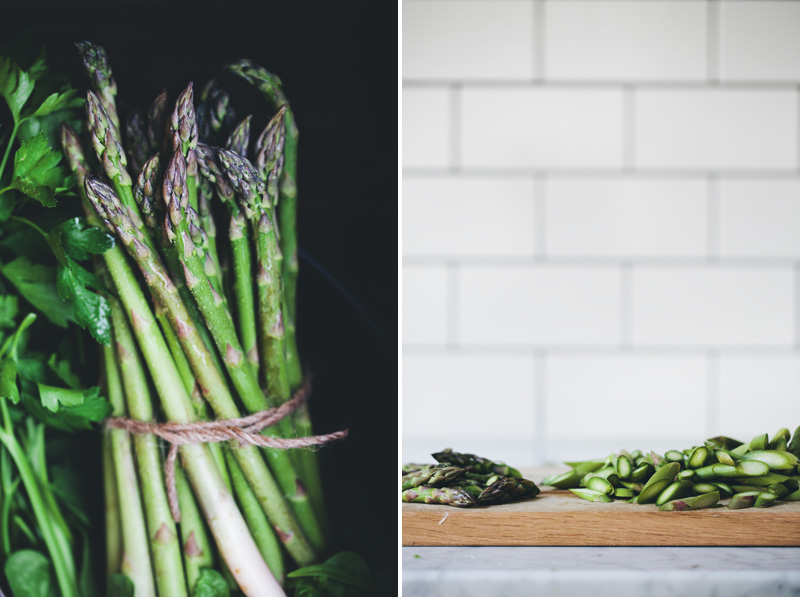



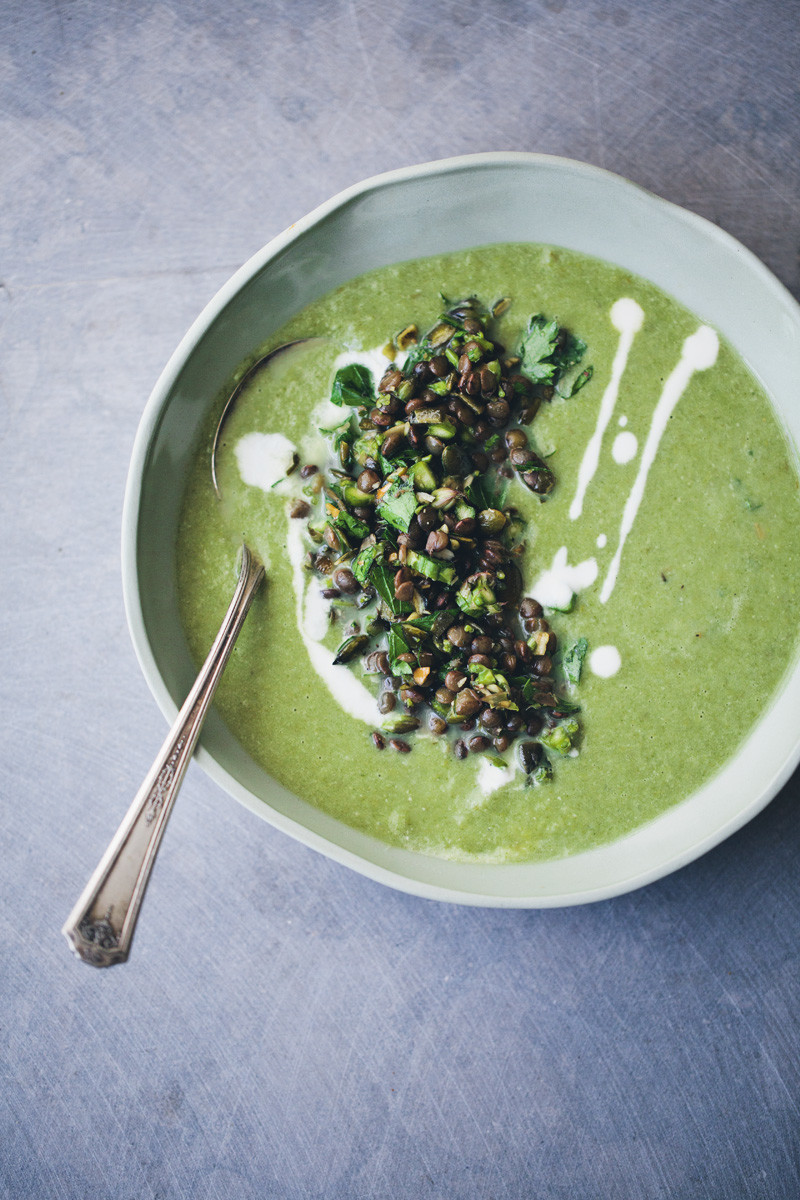
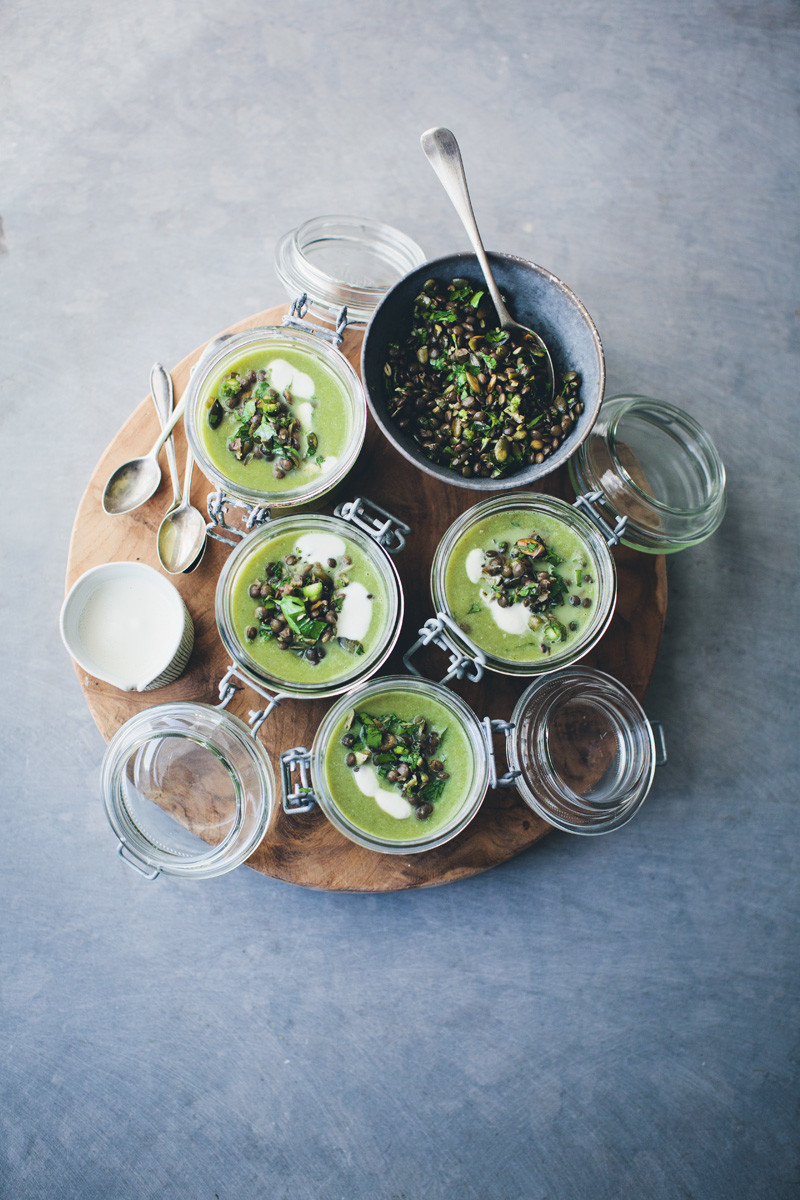
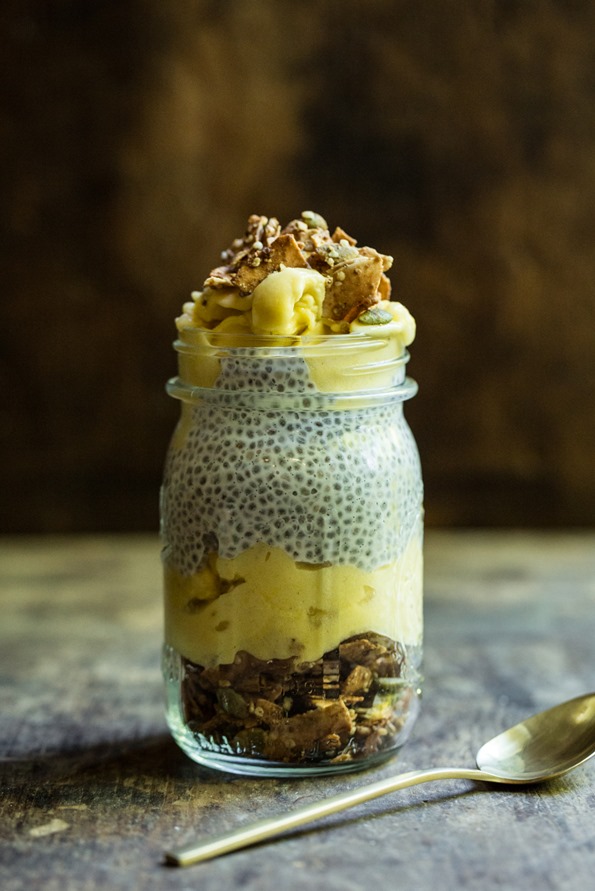

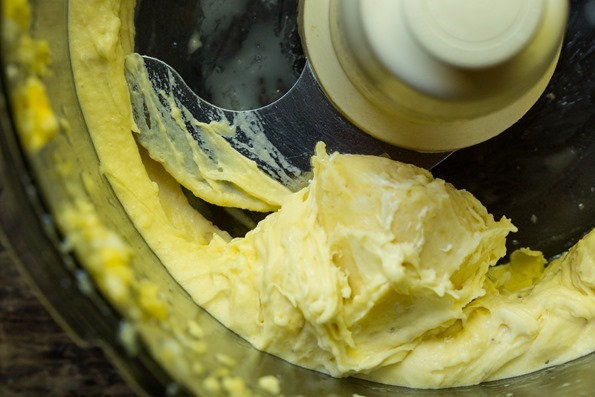

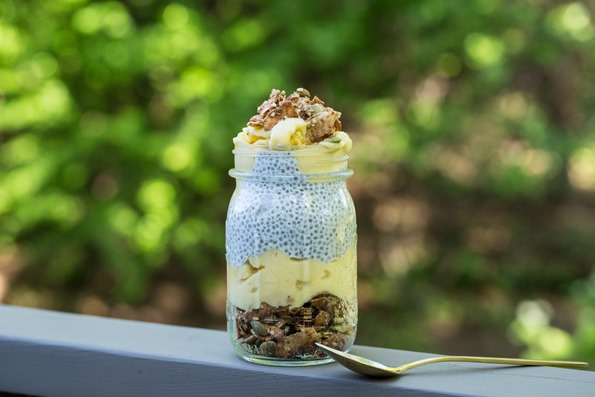



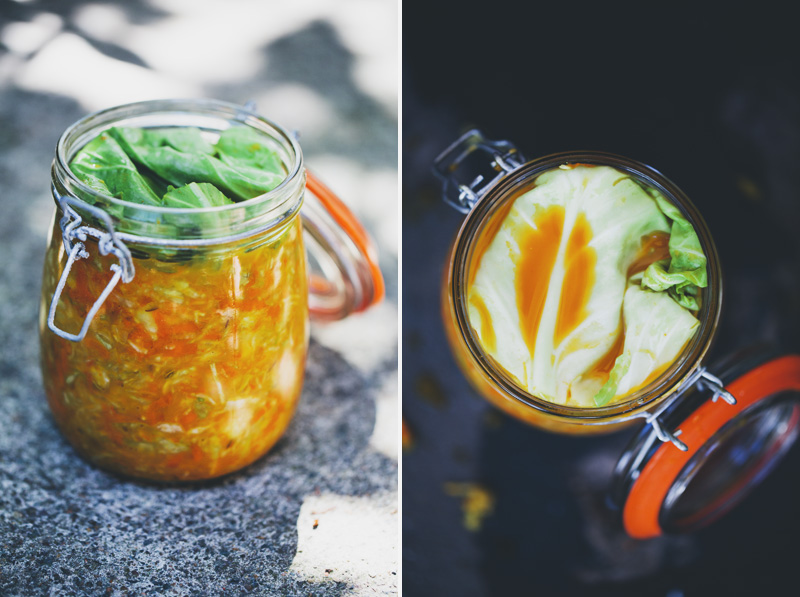
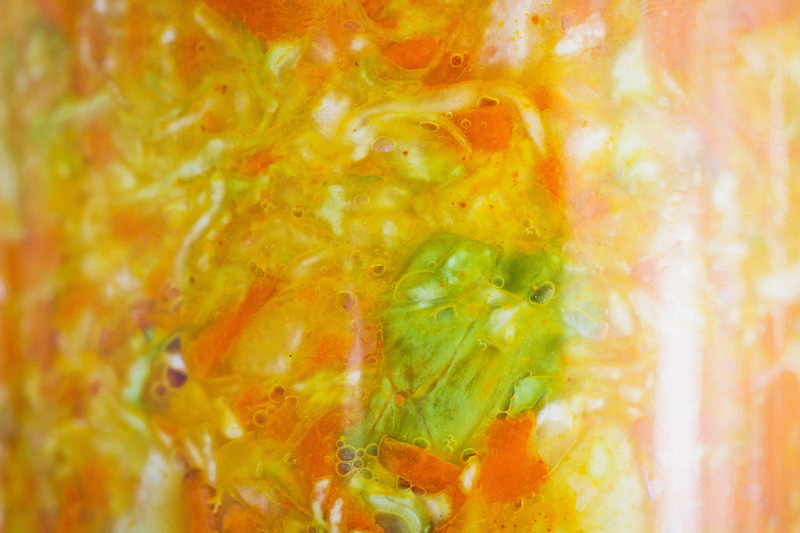
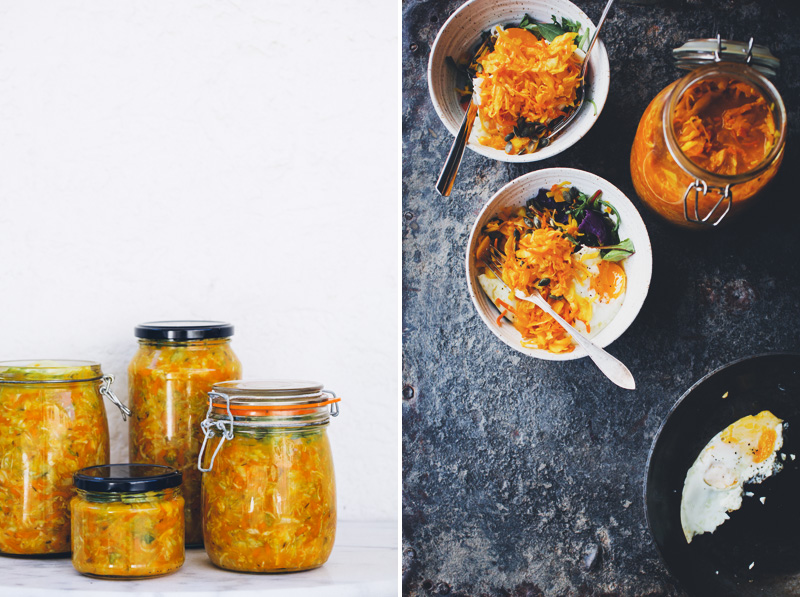

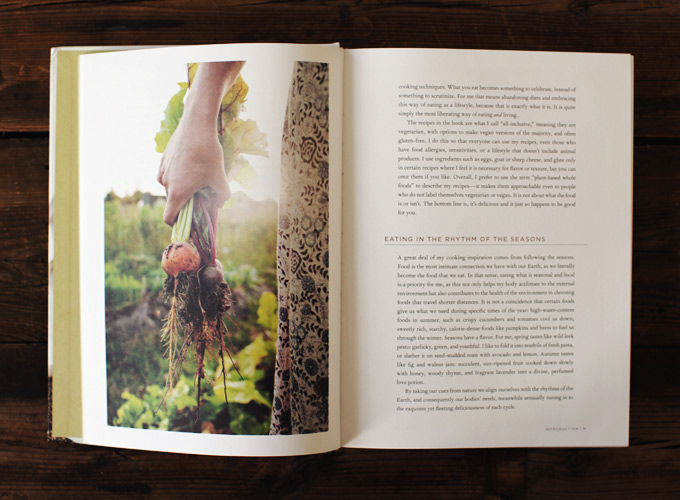
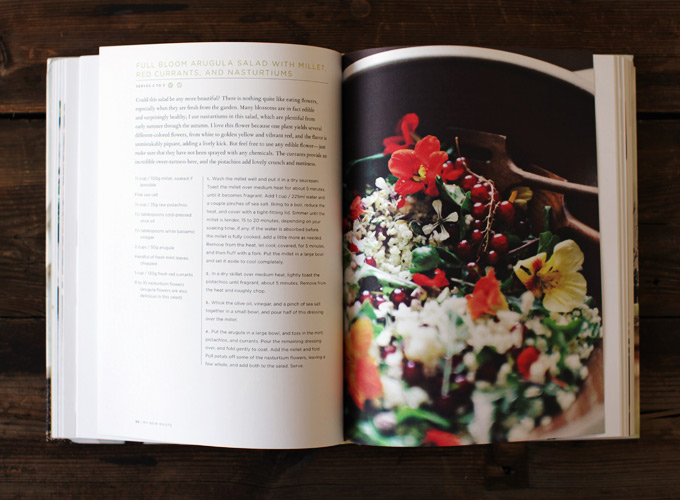
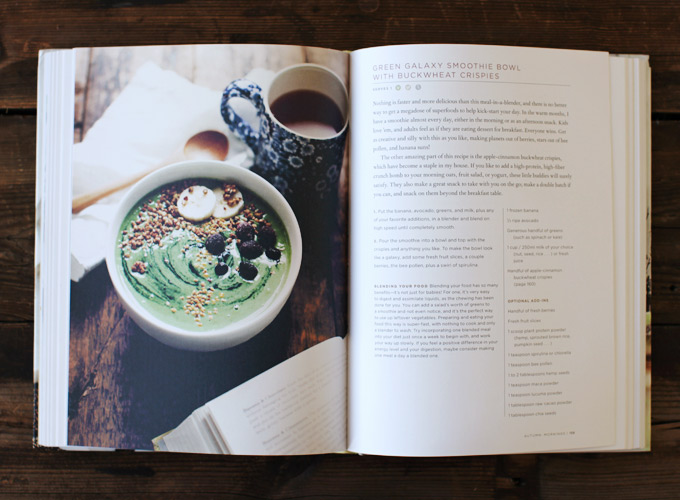
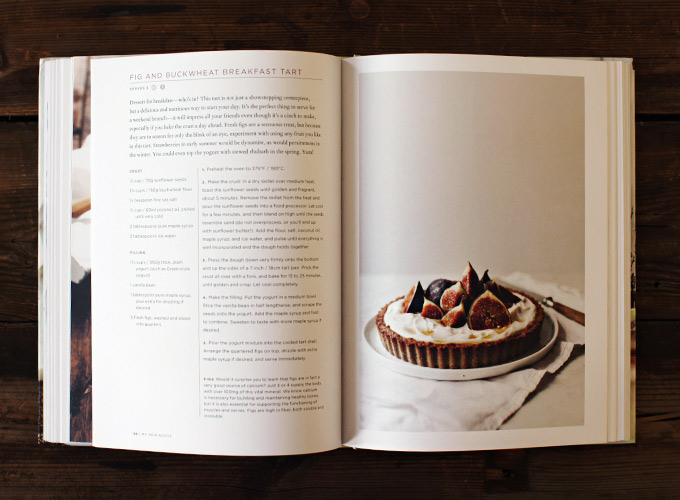
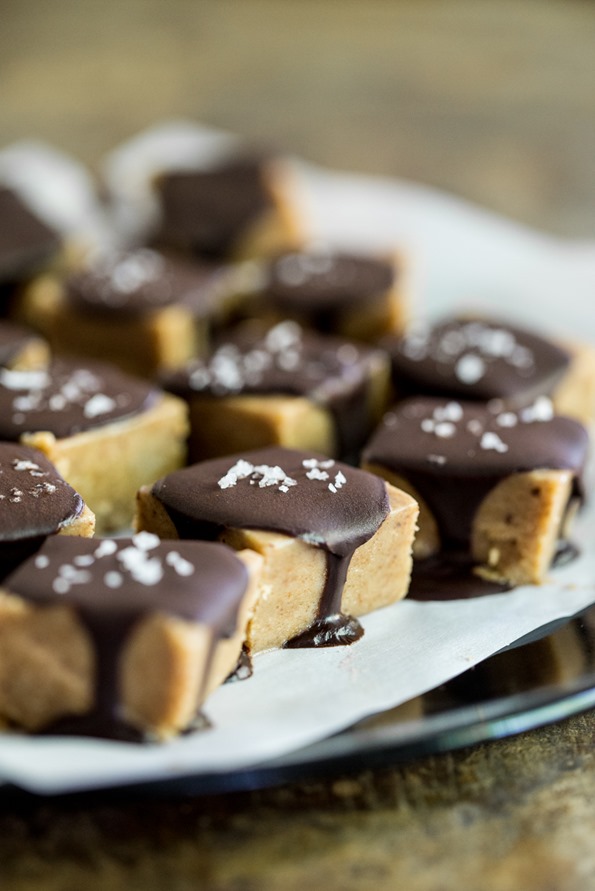

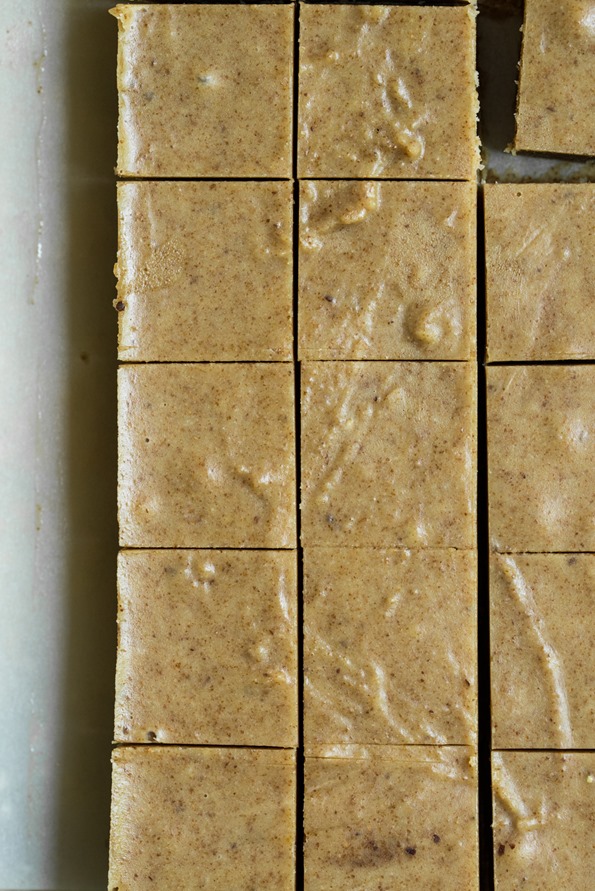

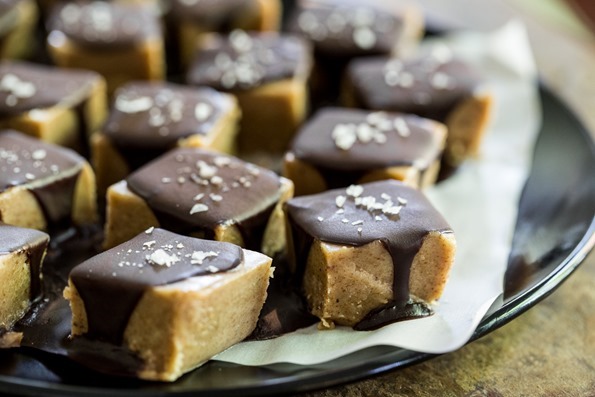

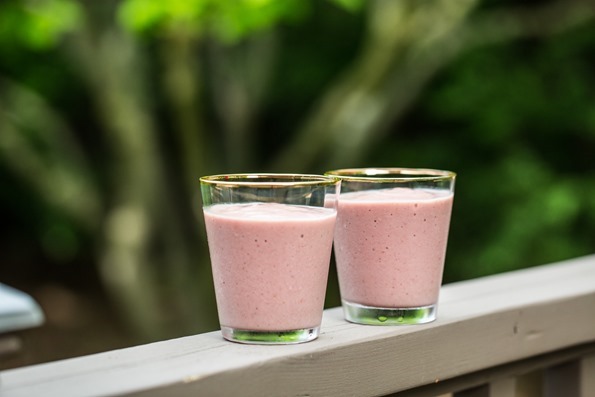

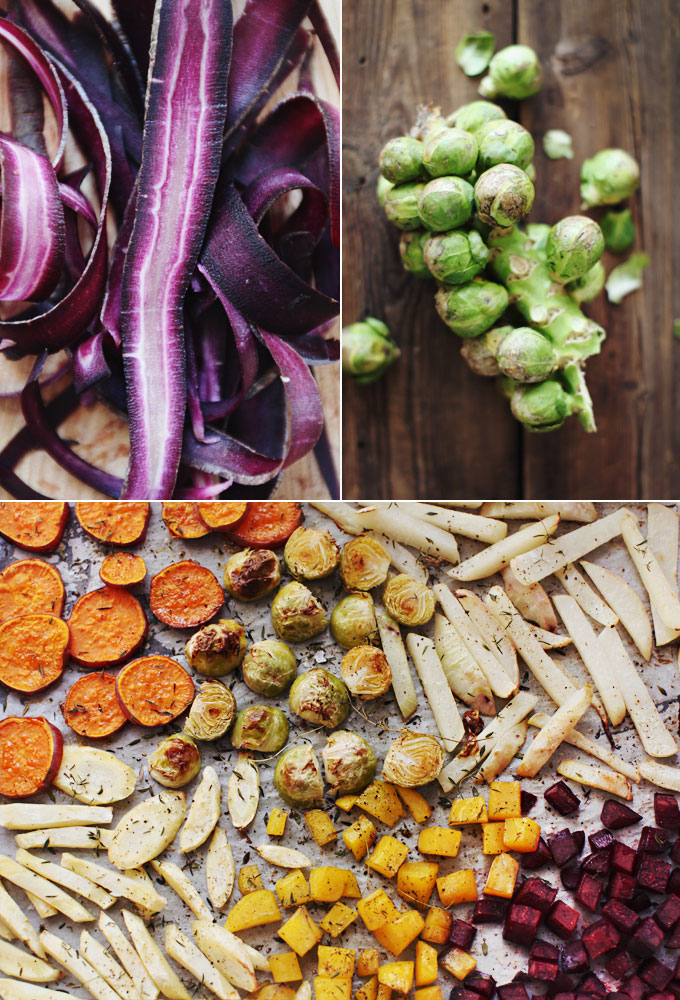
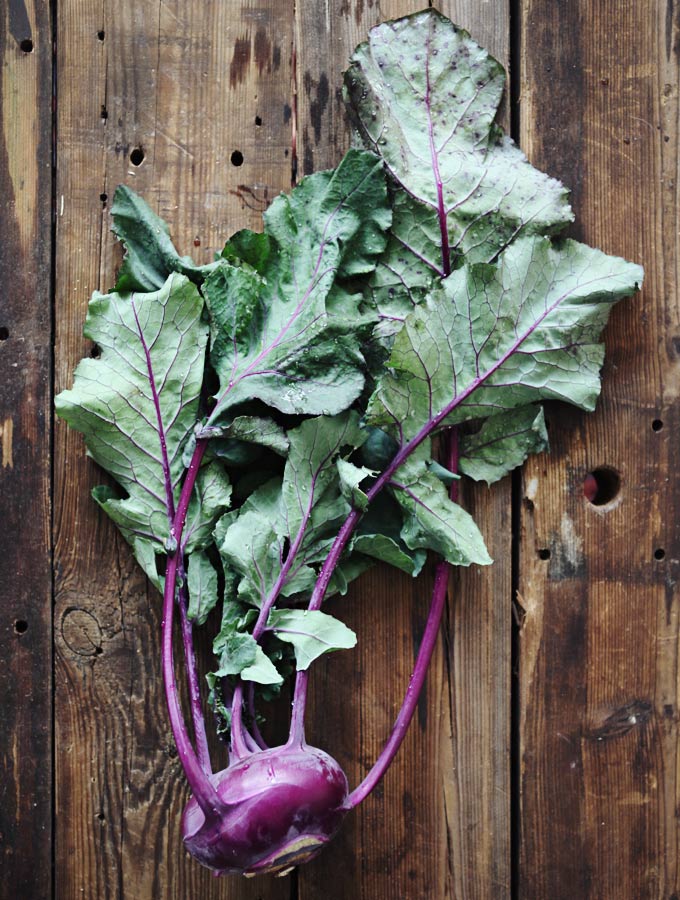
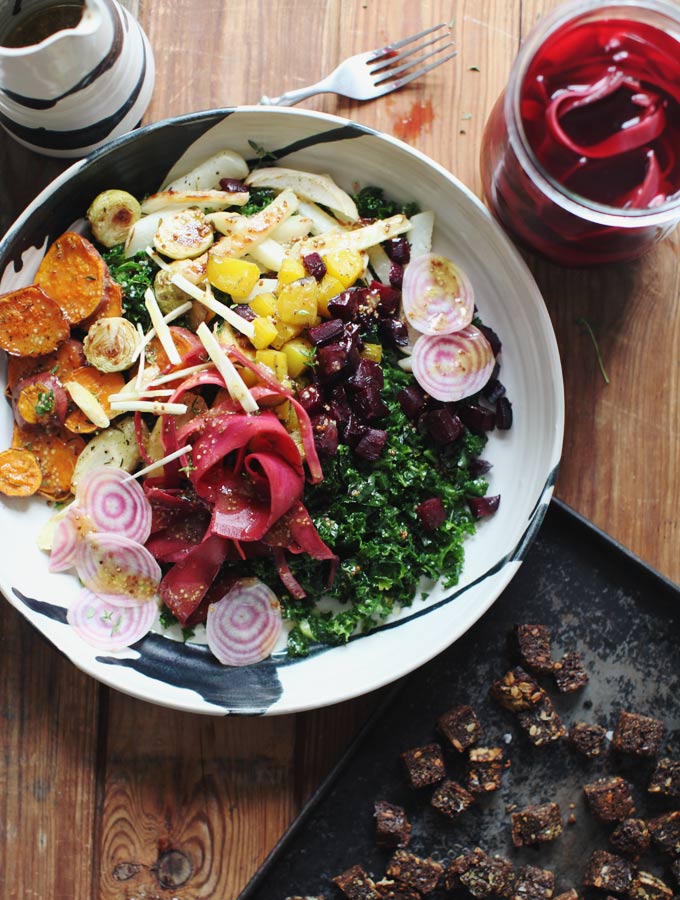
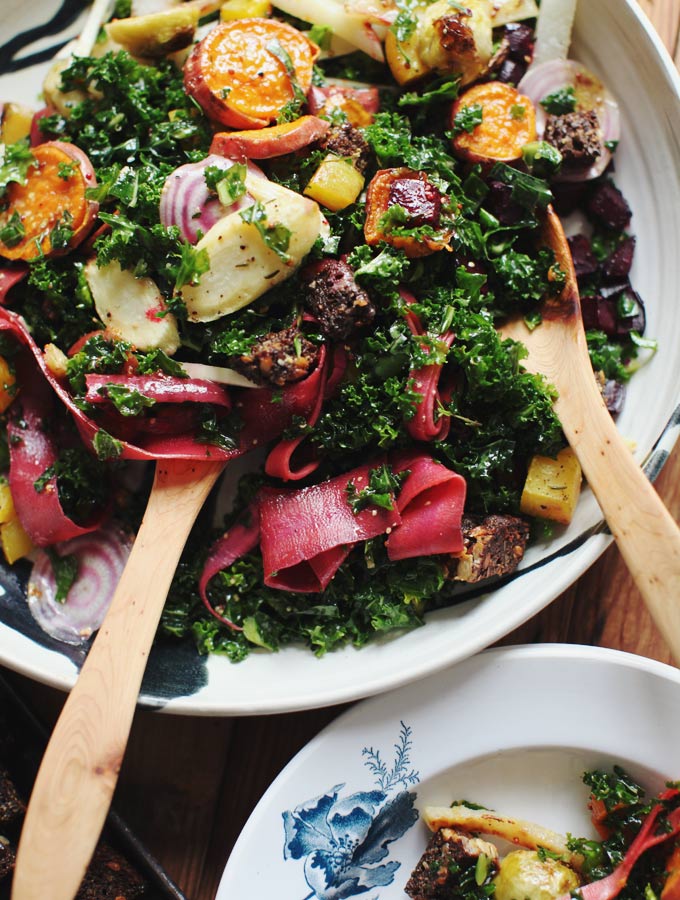
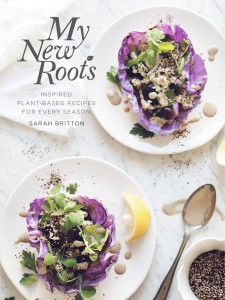




 Why should we all use our creative power…? Because there is nothing that makes people so generous, joyful, lively, bold and compassionate, so indifferent to fighting and the accumulation of objects and money. ~Brenda Ueland
Why should we all use our creative power…? Because there is nothing that makes people so generous, joyful, lively, bold and compassionate, so indifferent to fighting and the accumulation of objects and money. ~Brenda Ueland